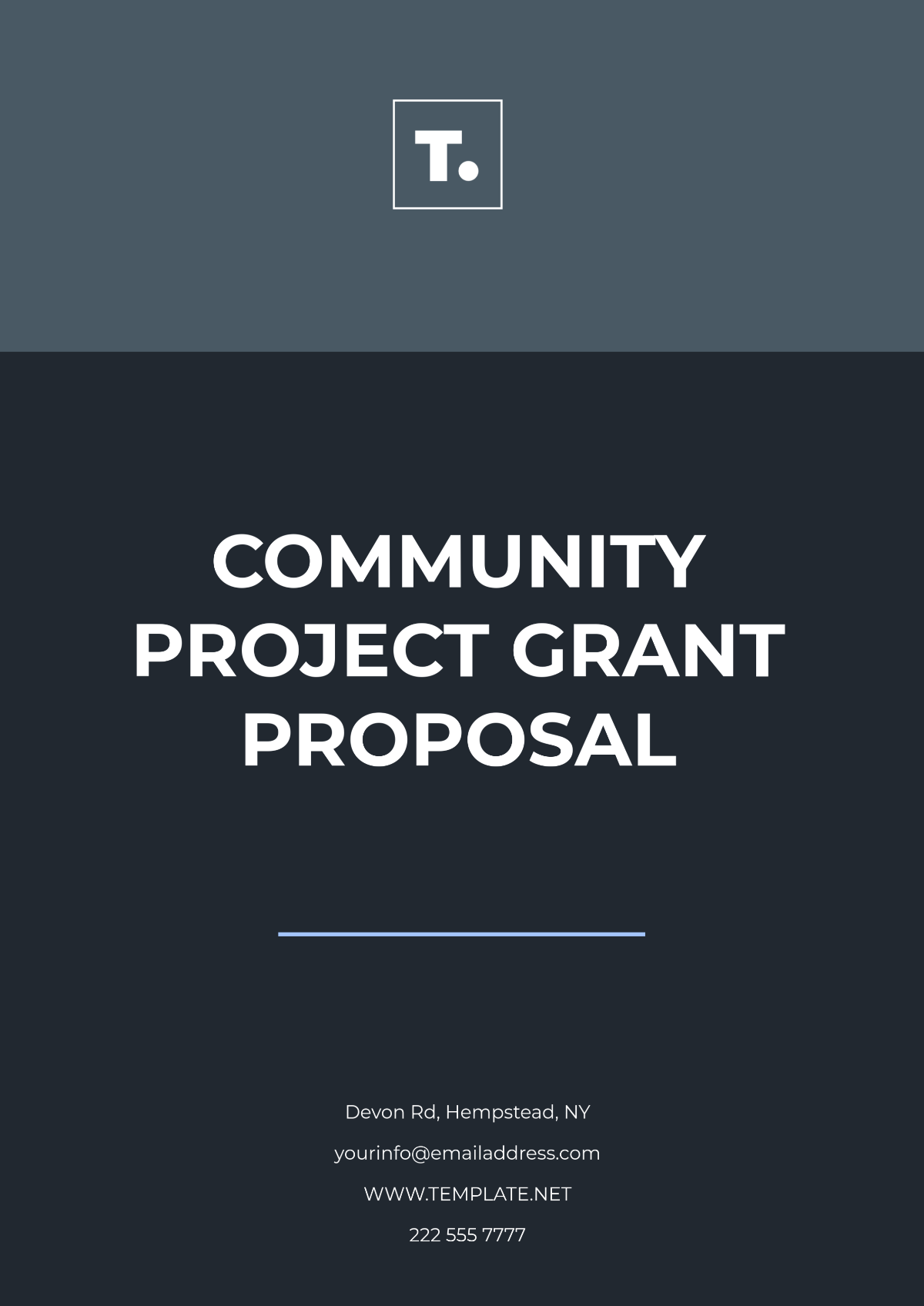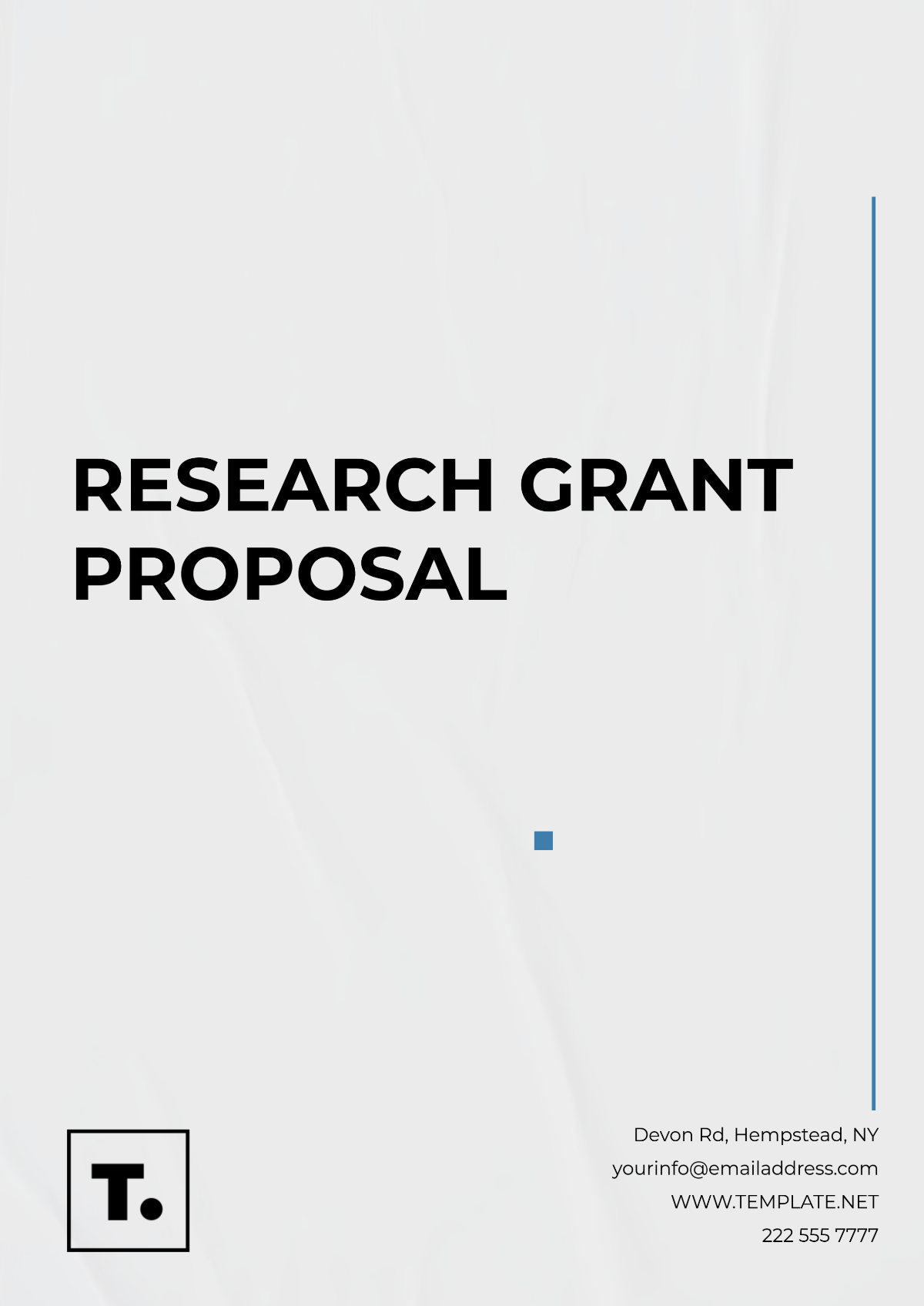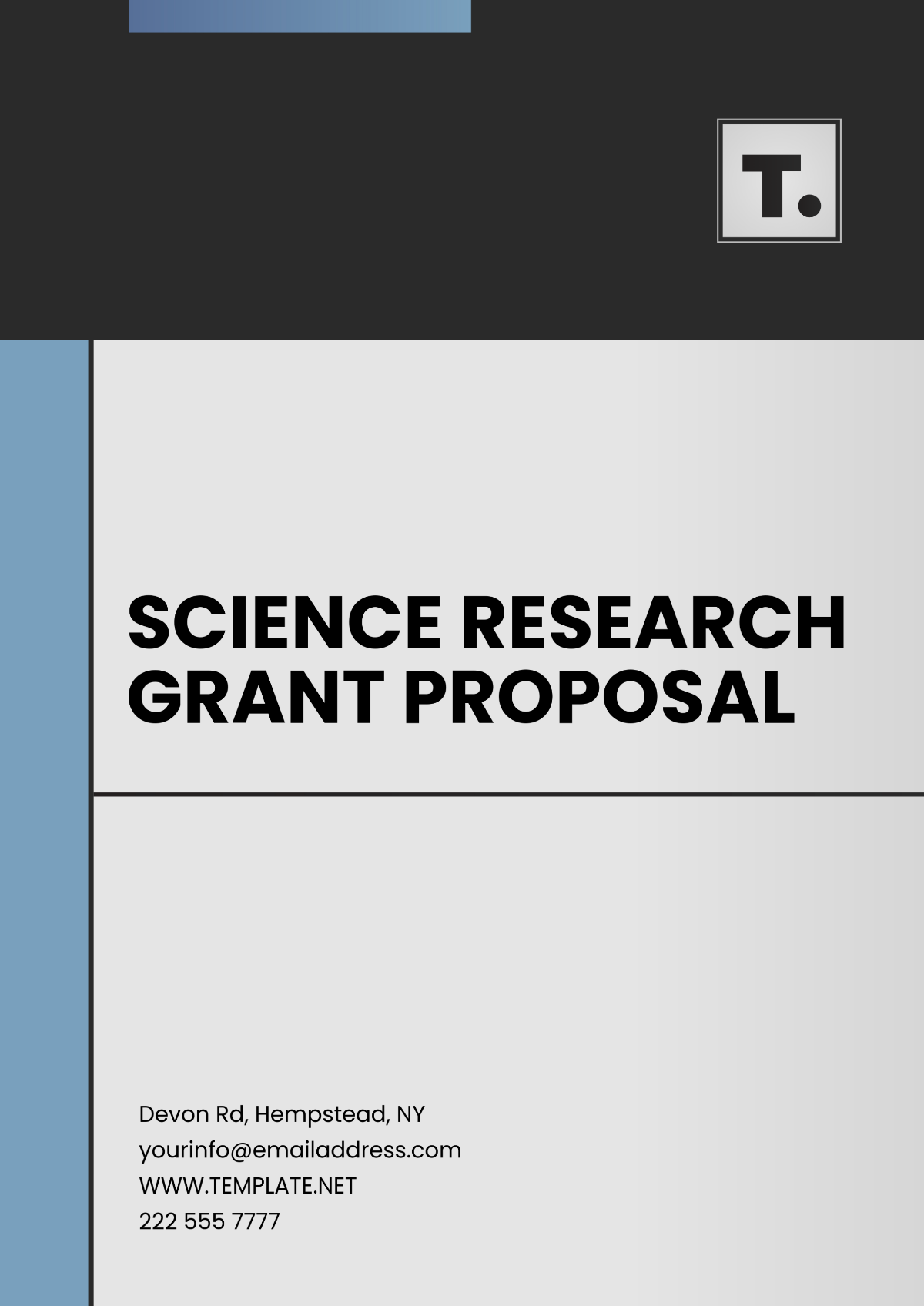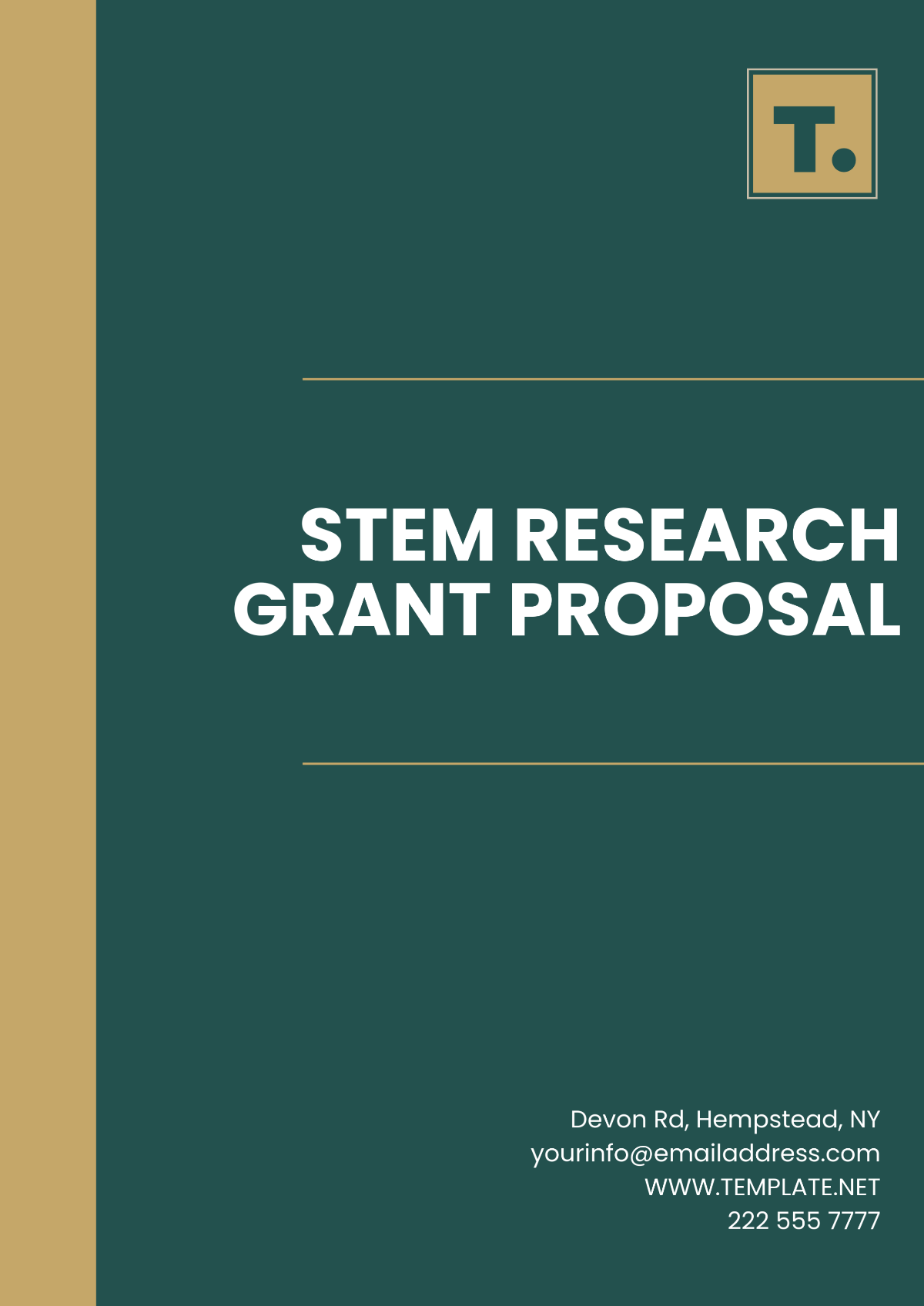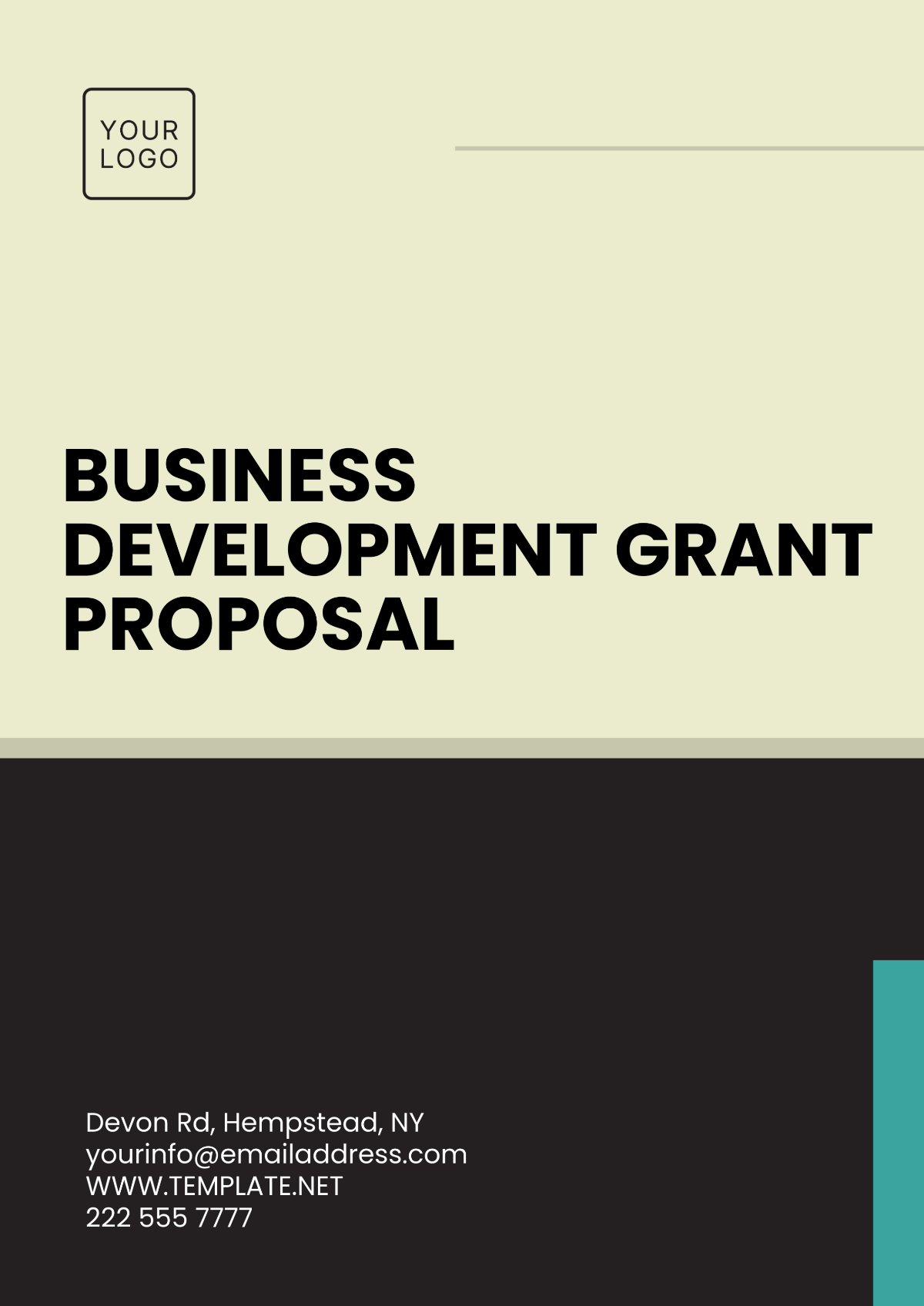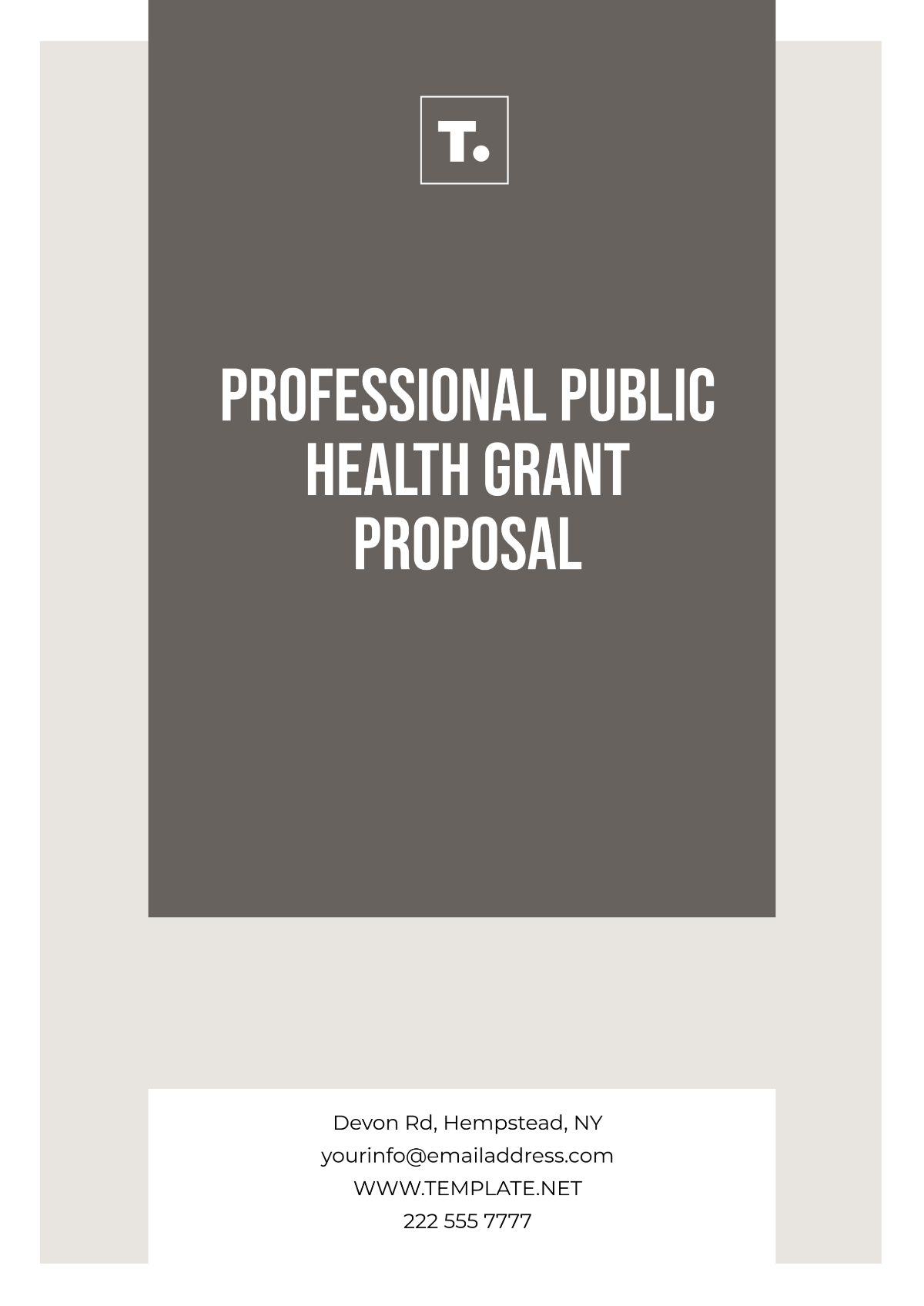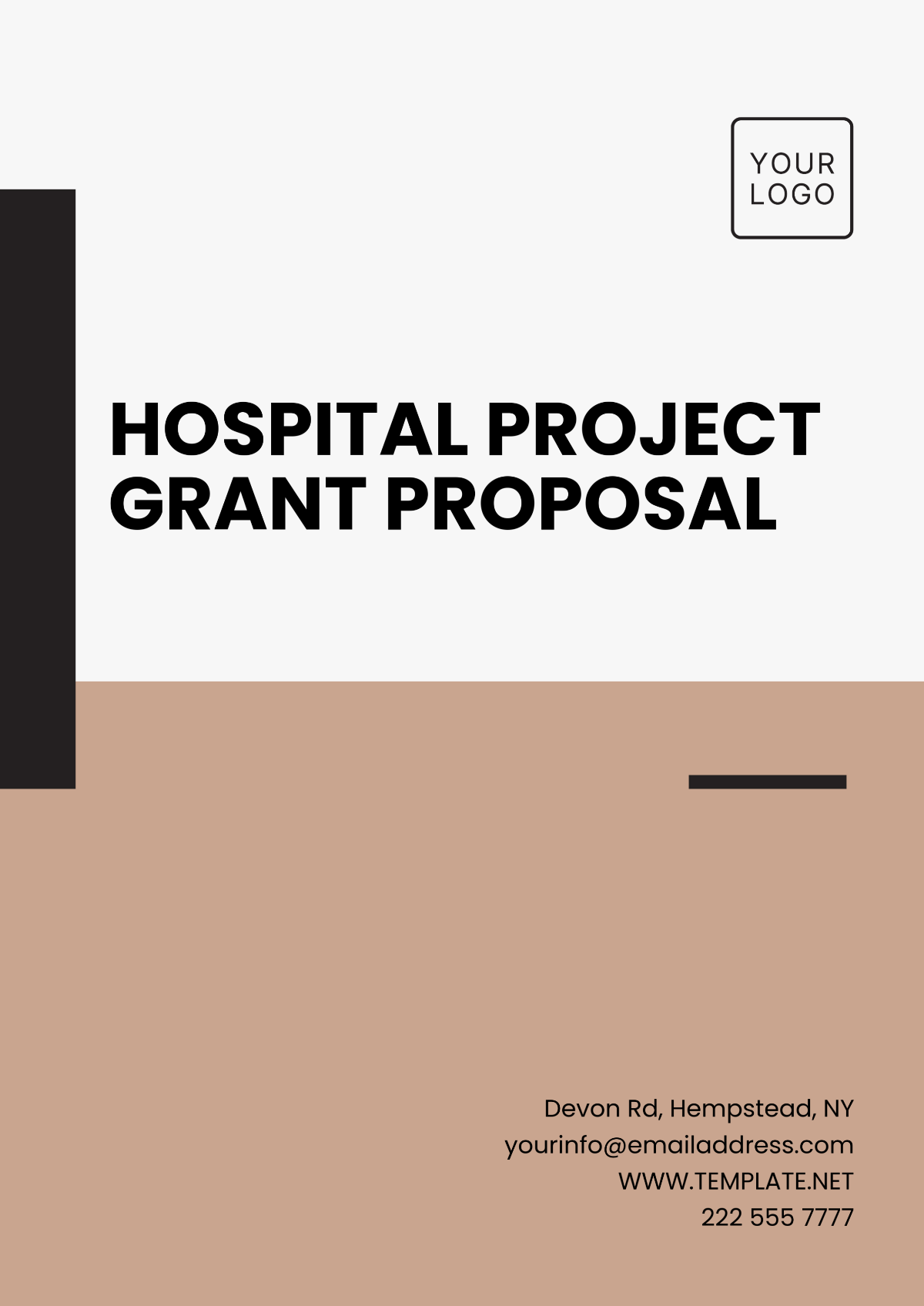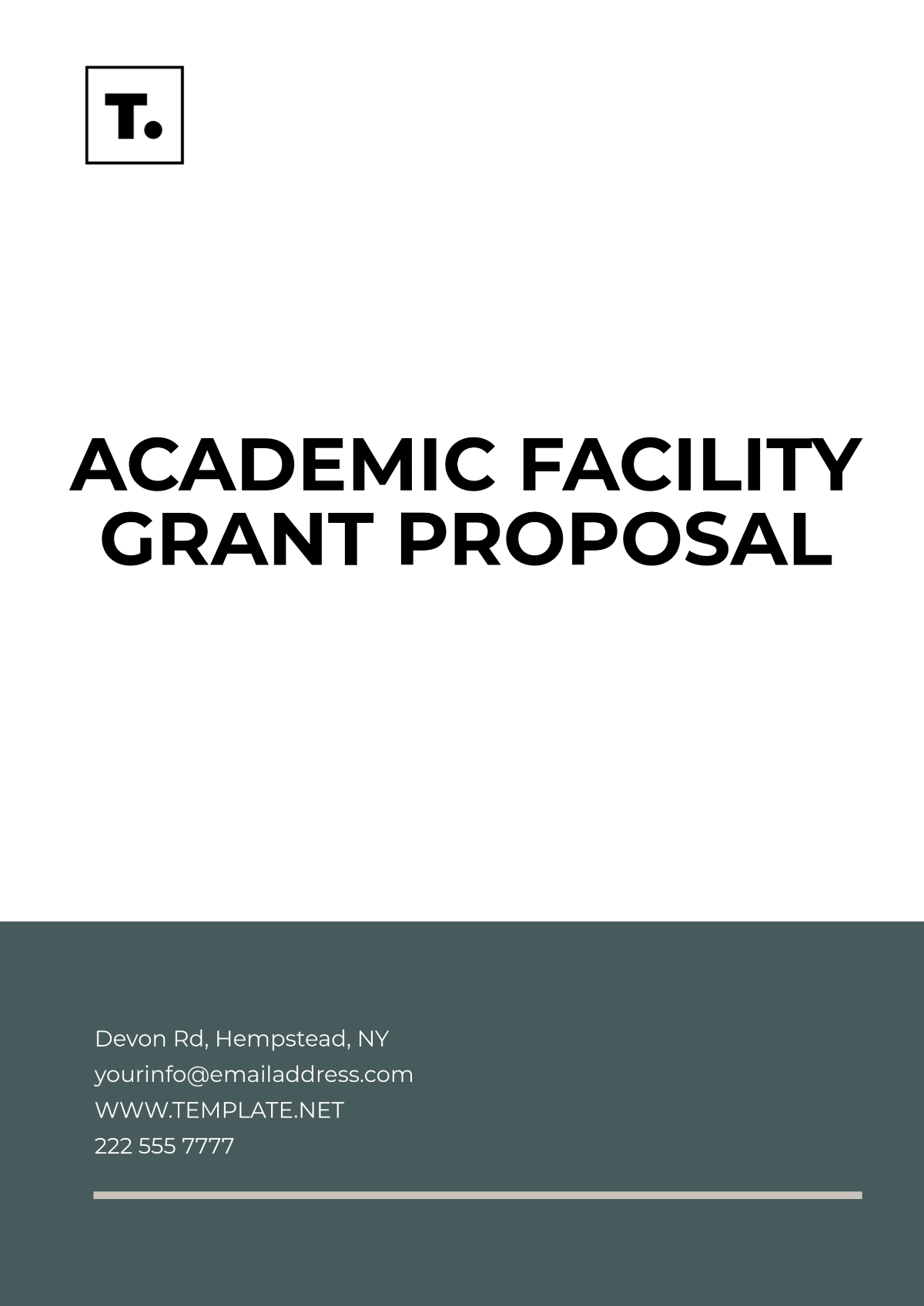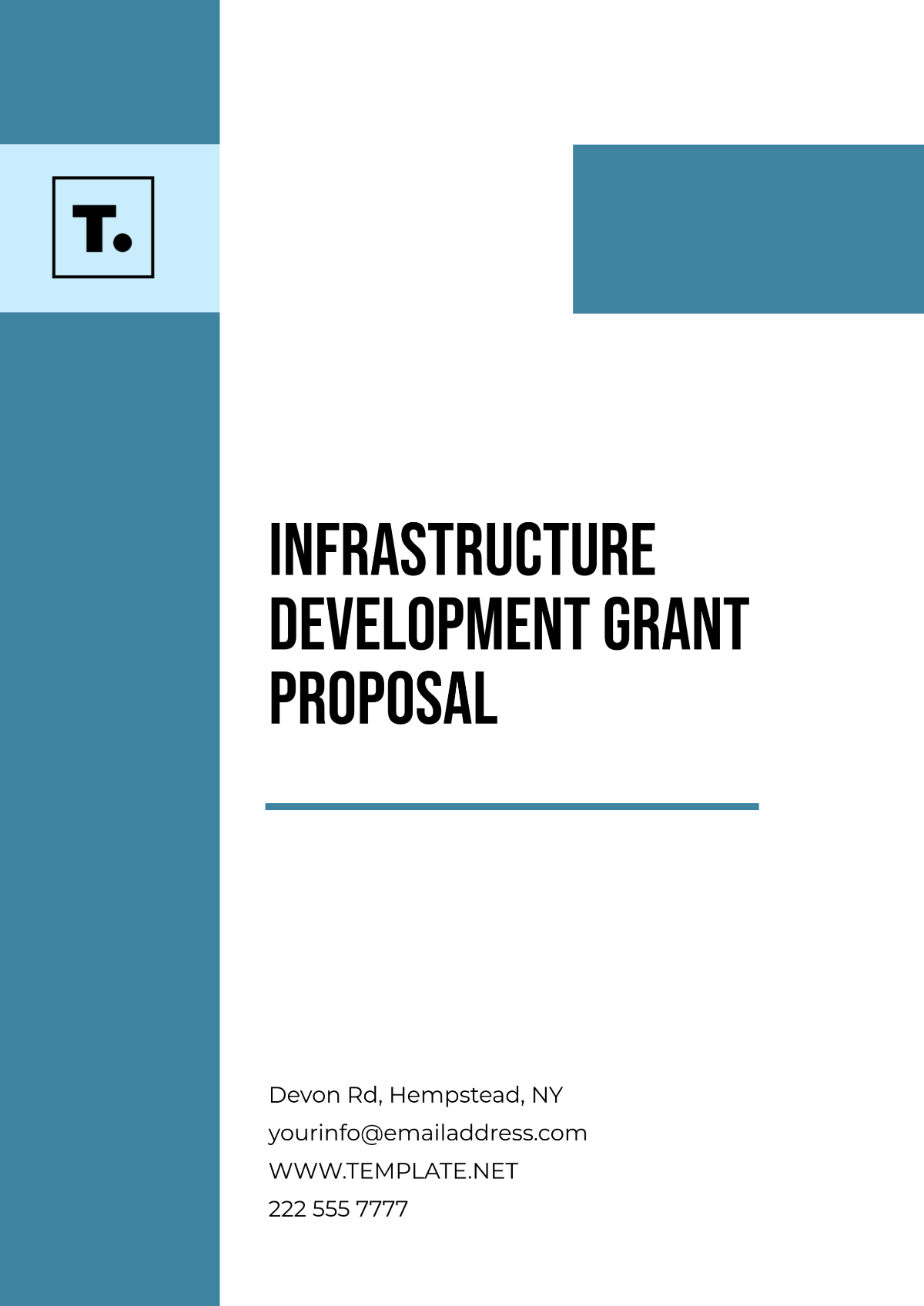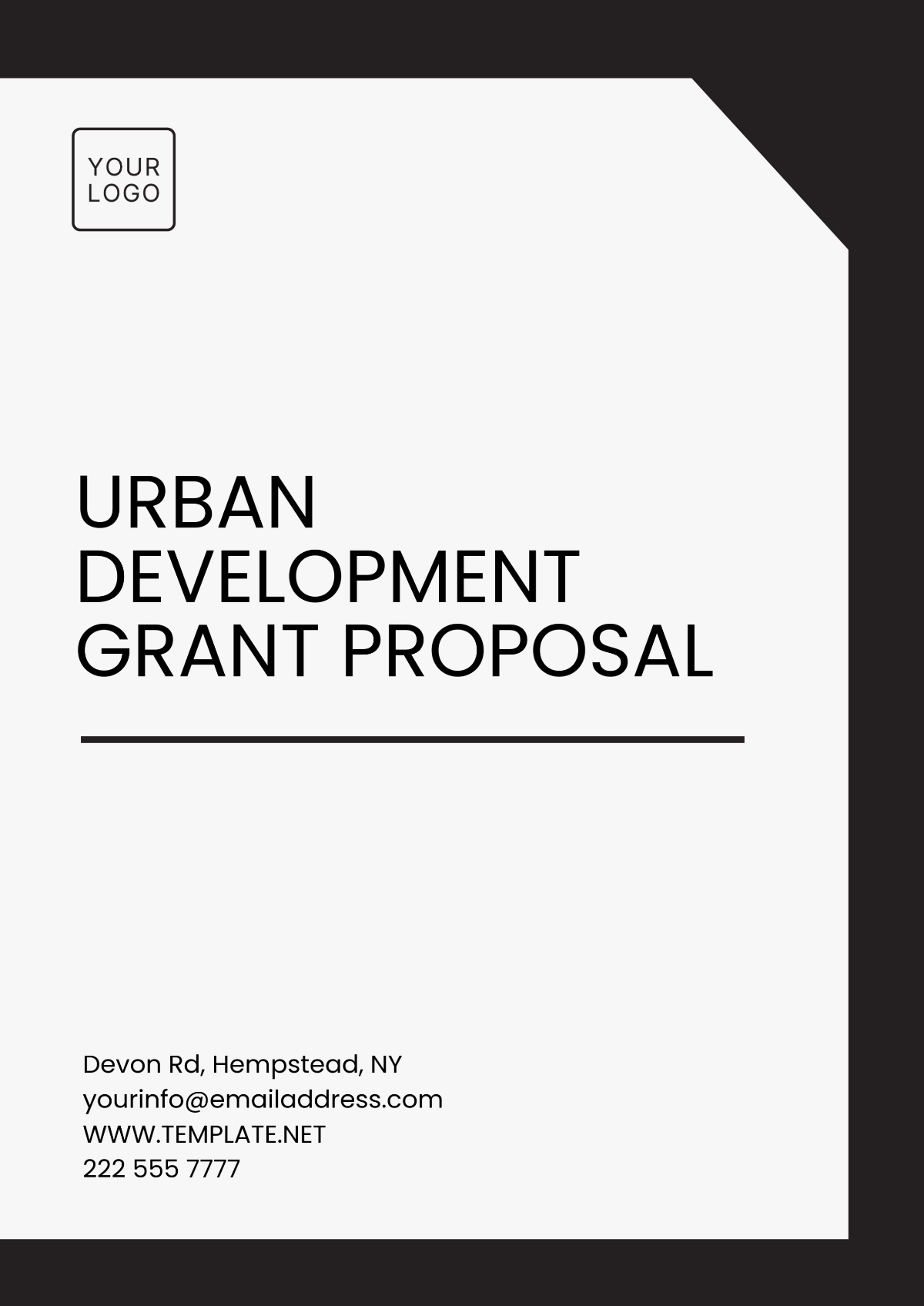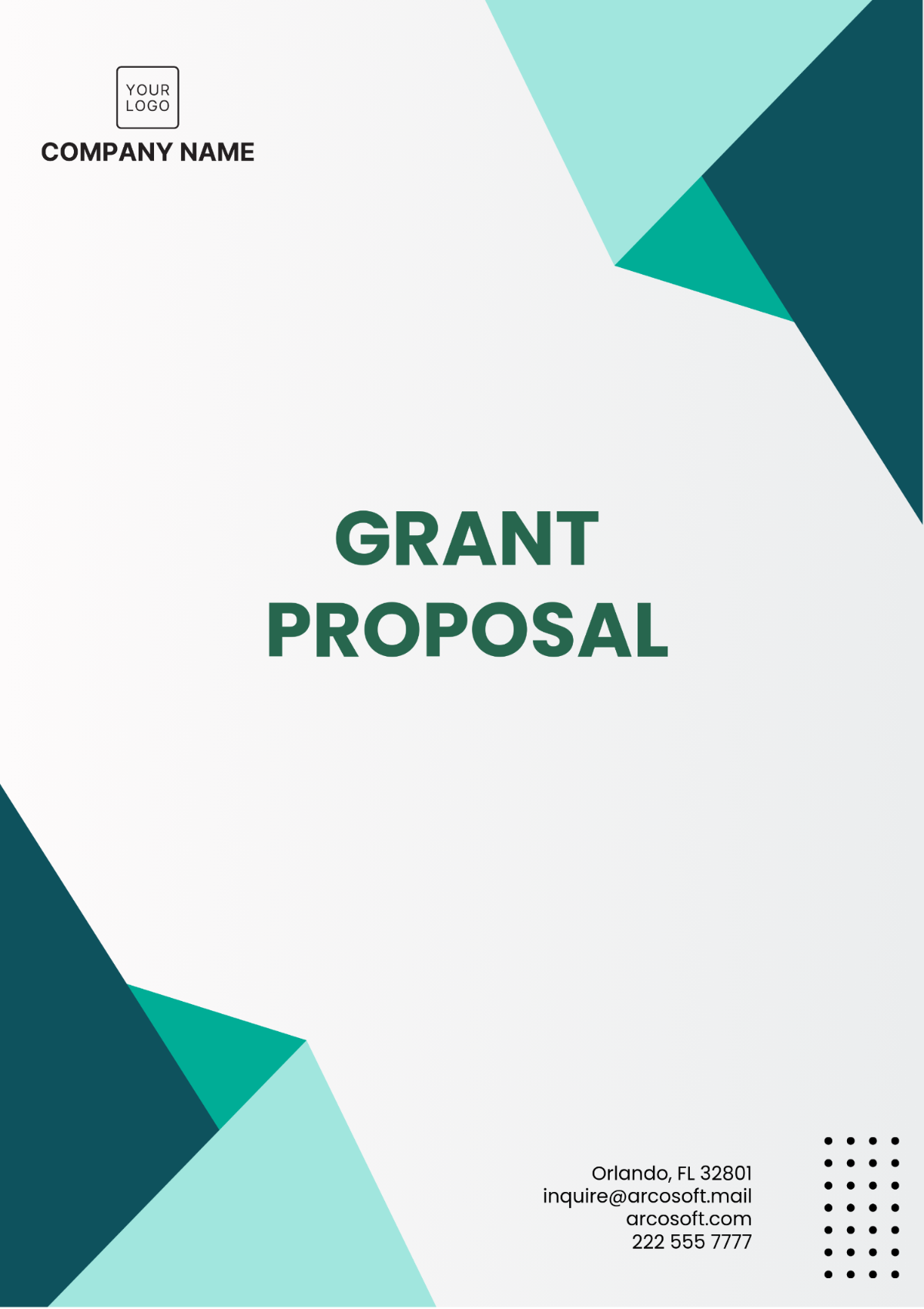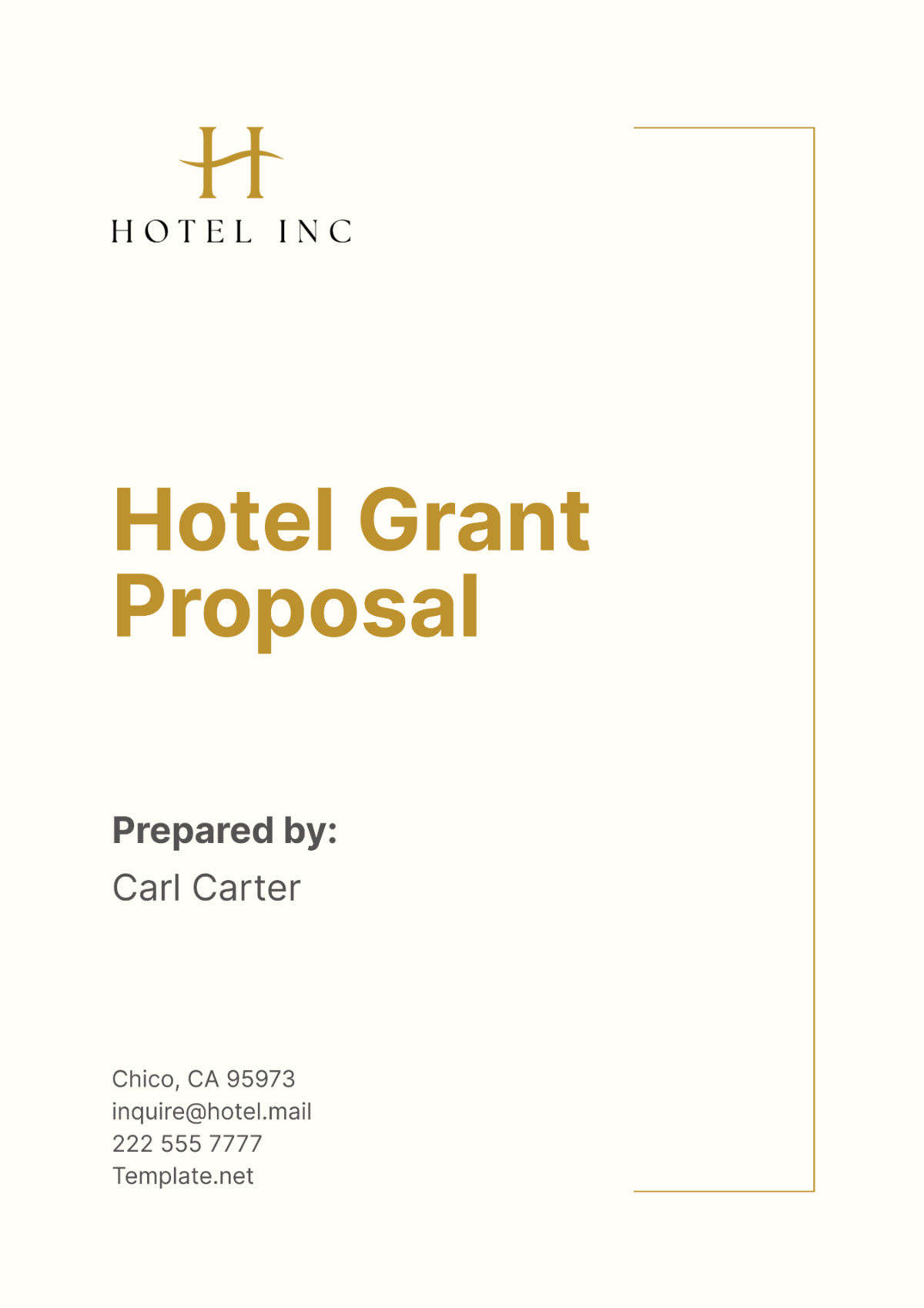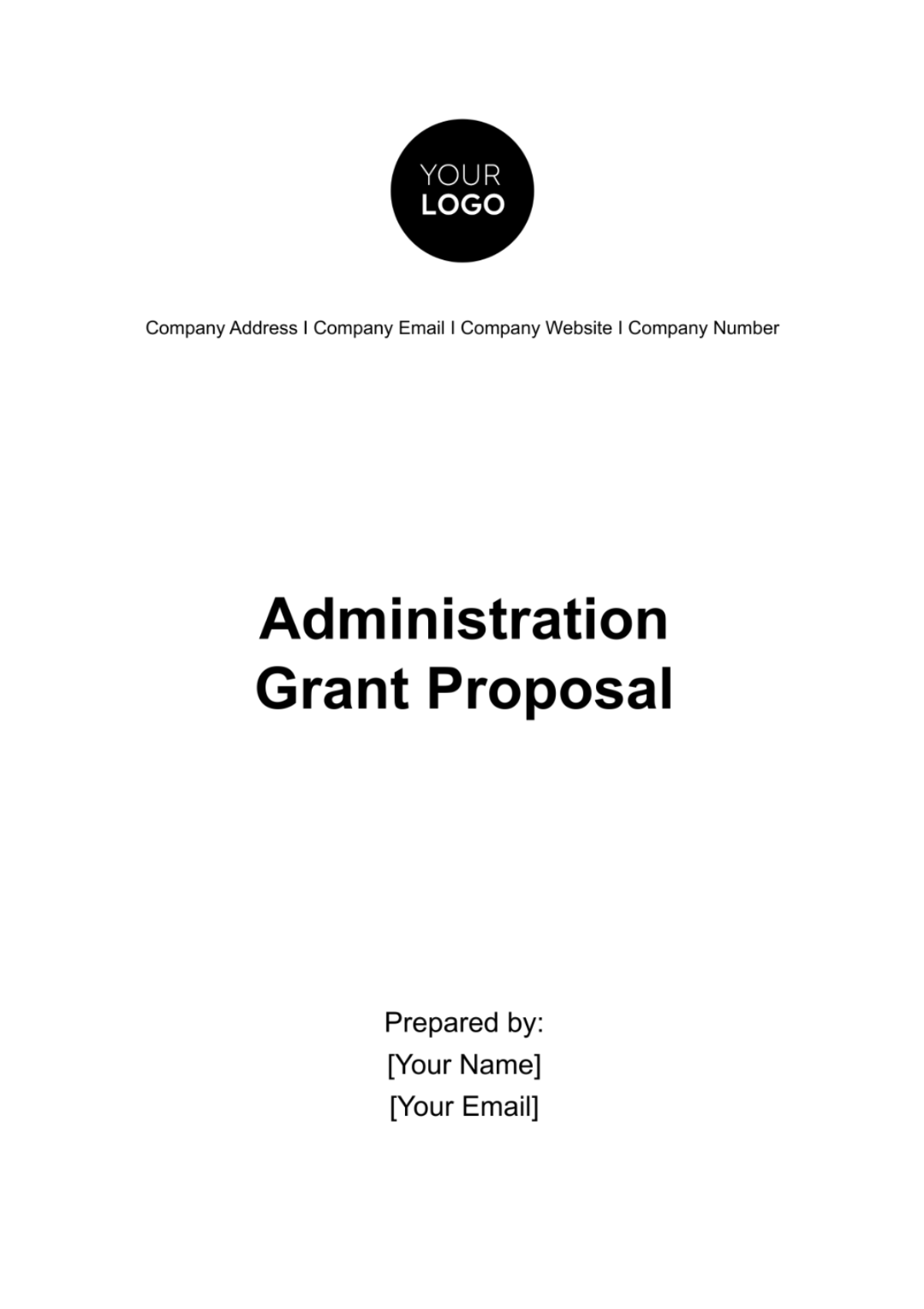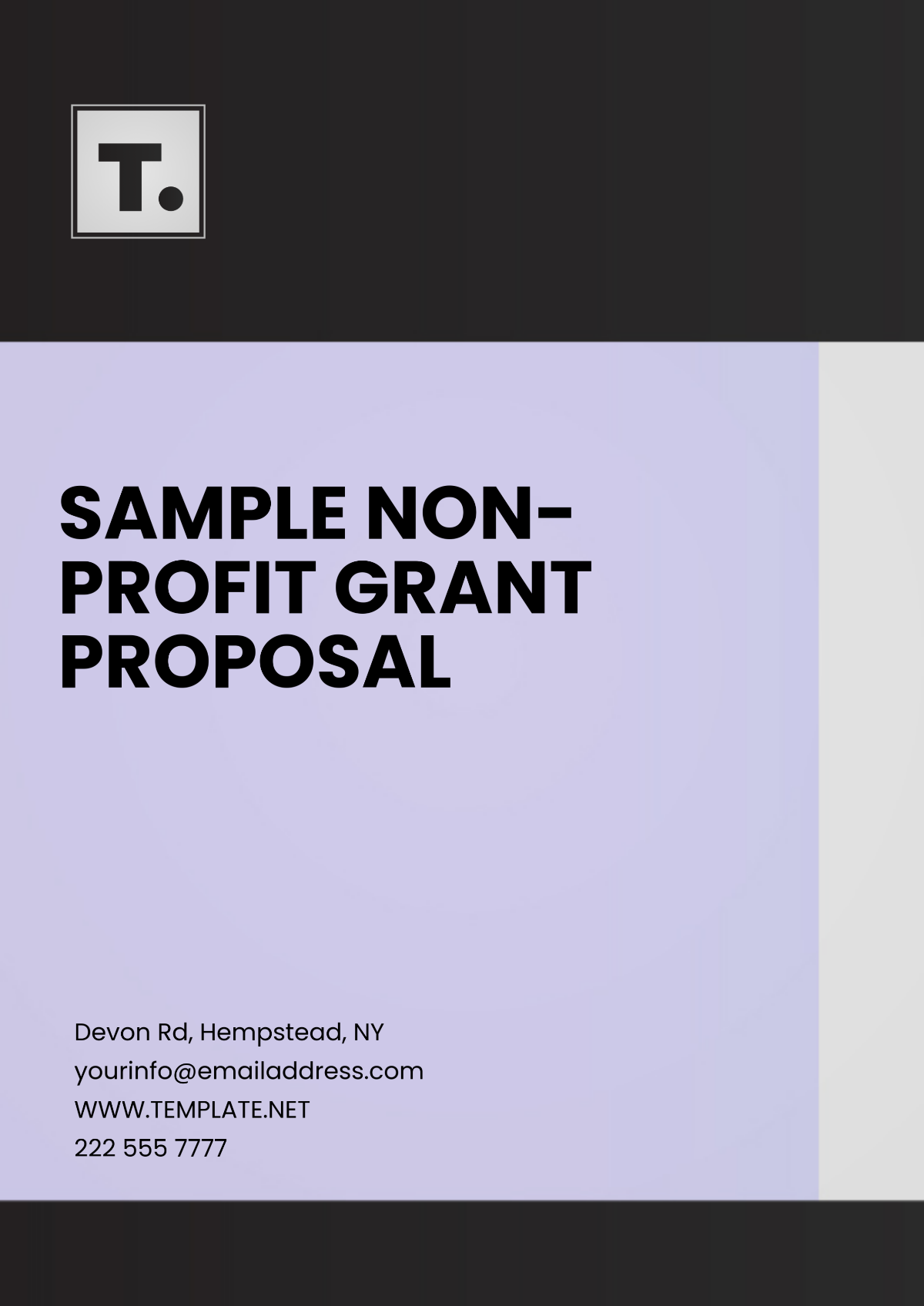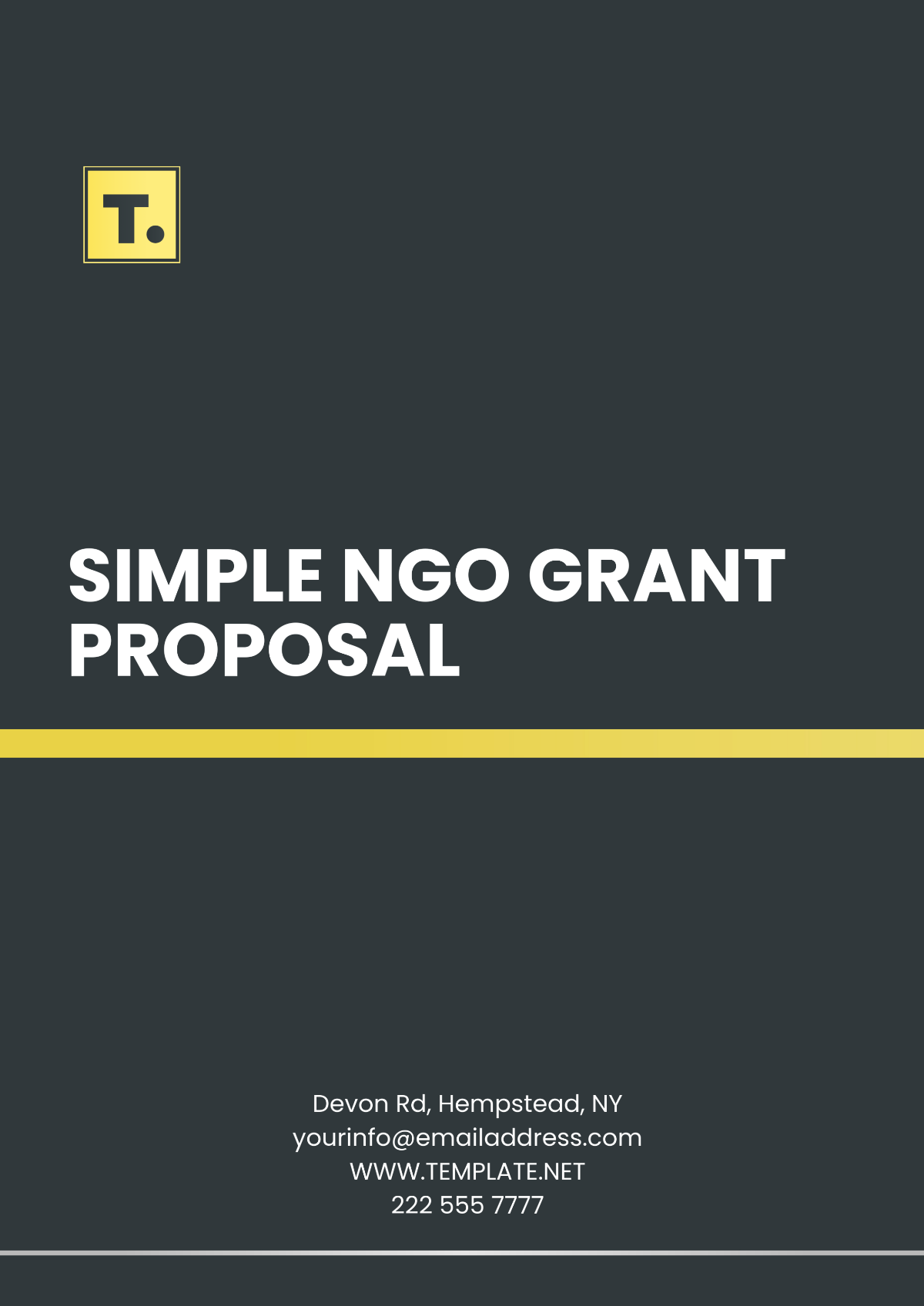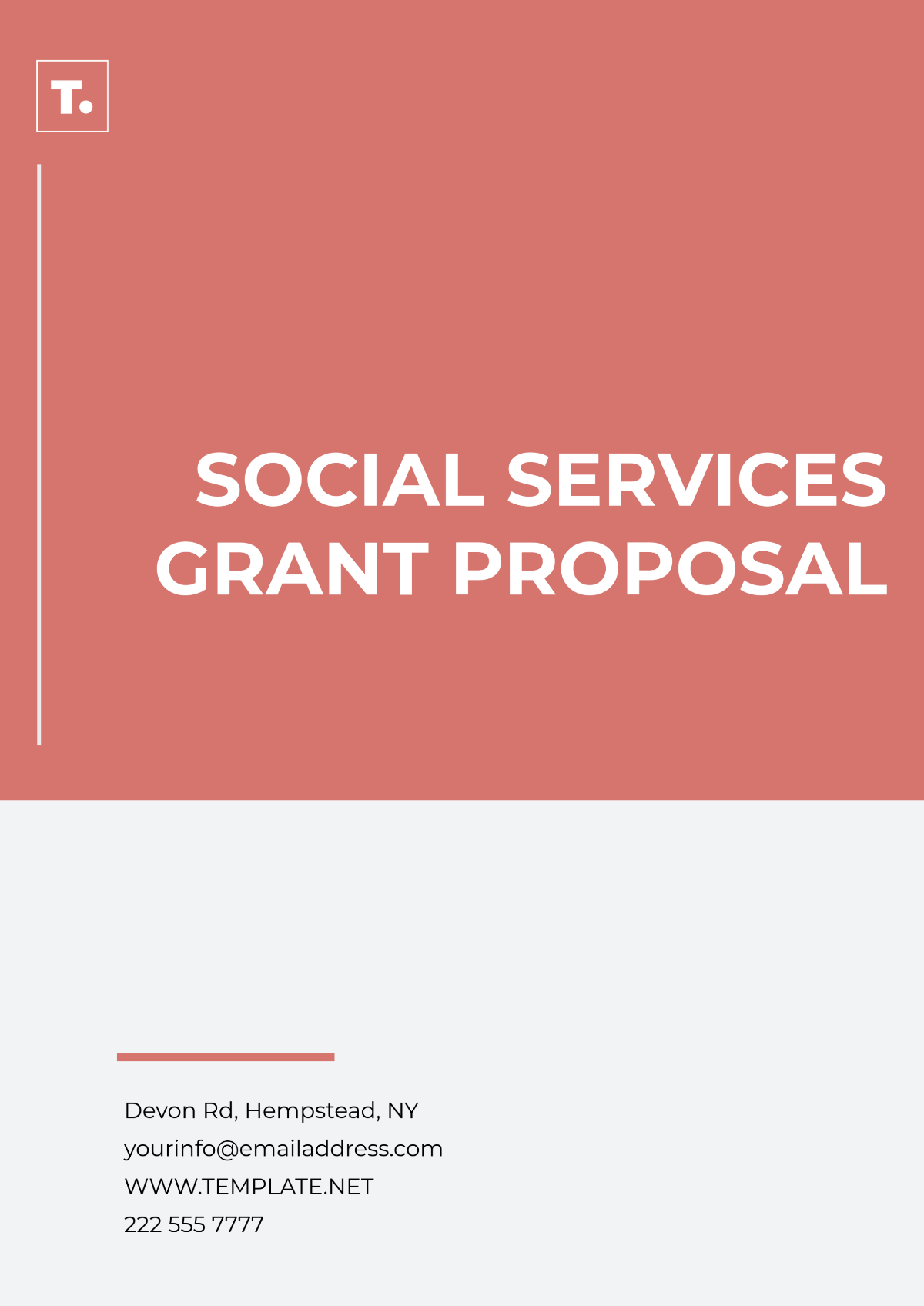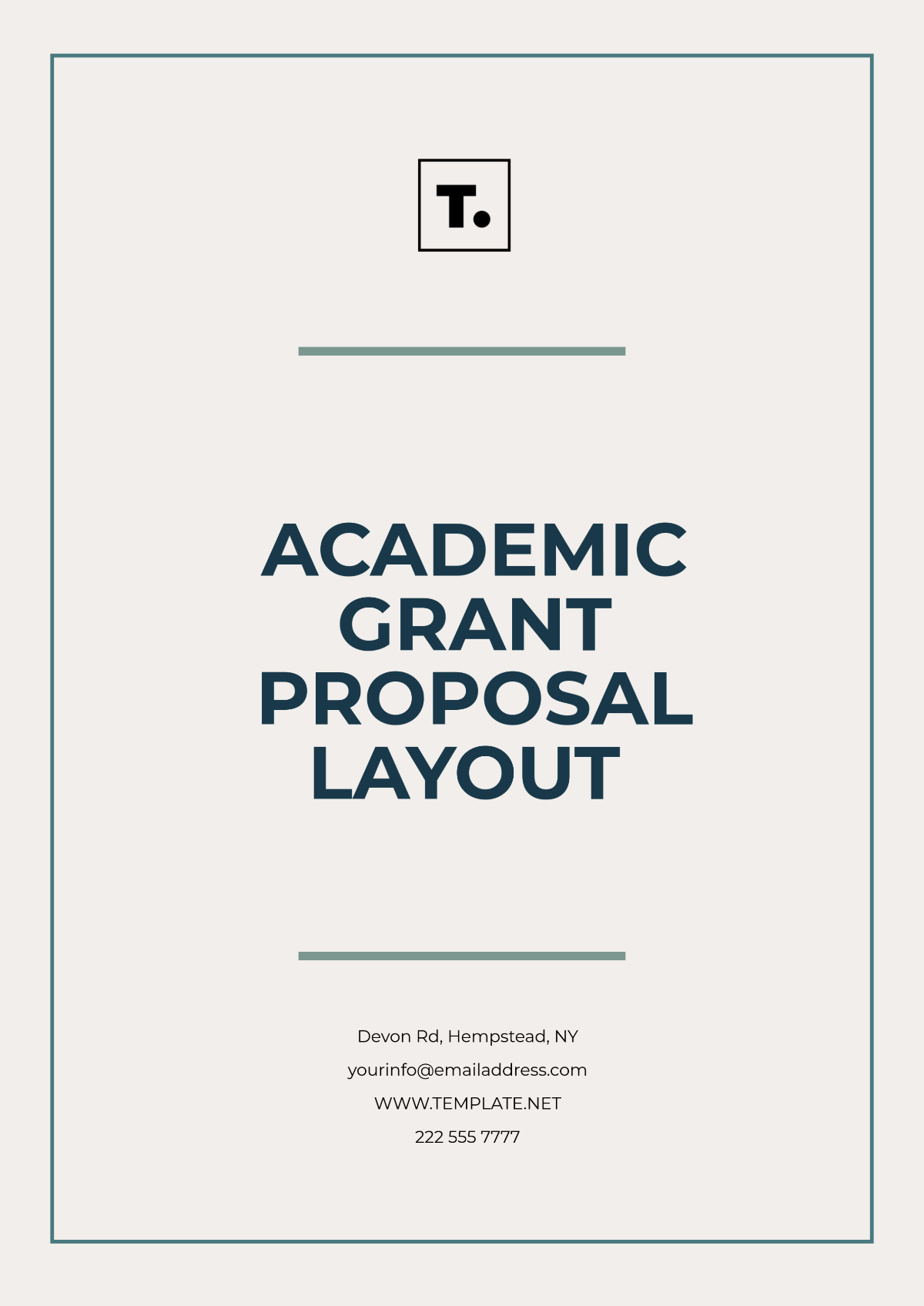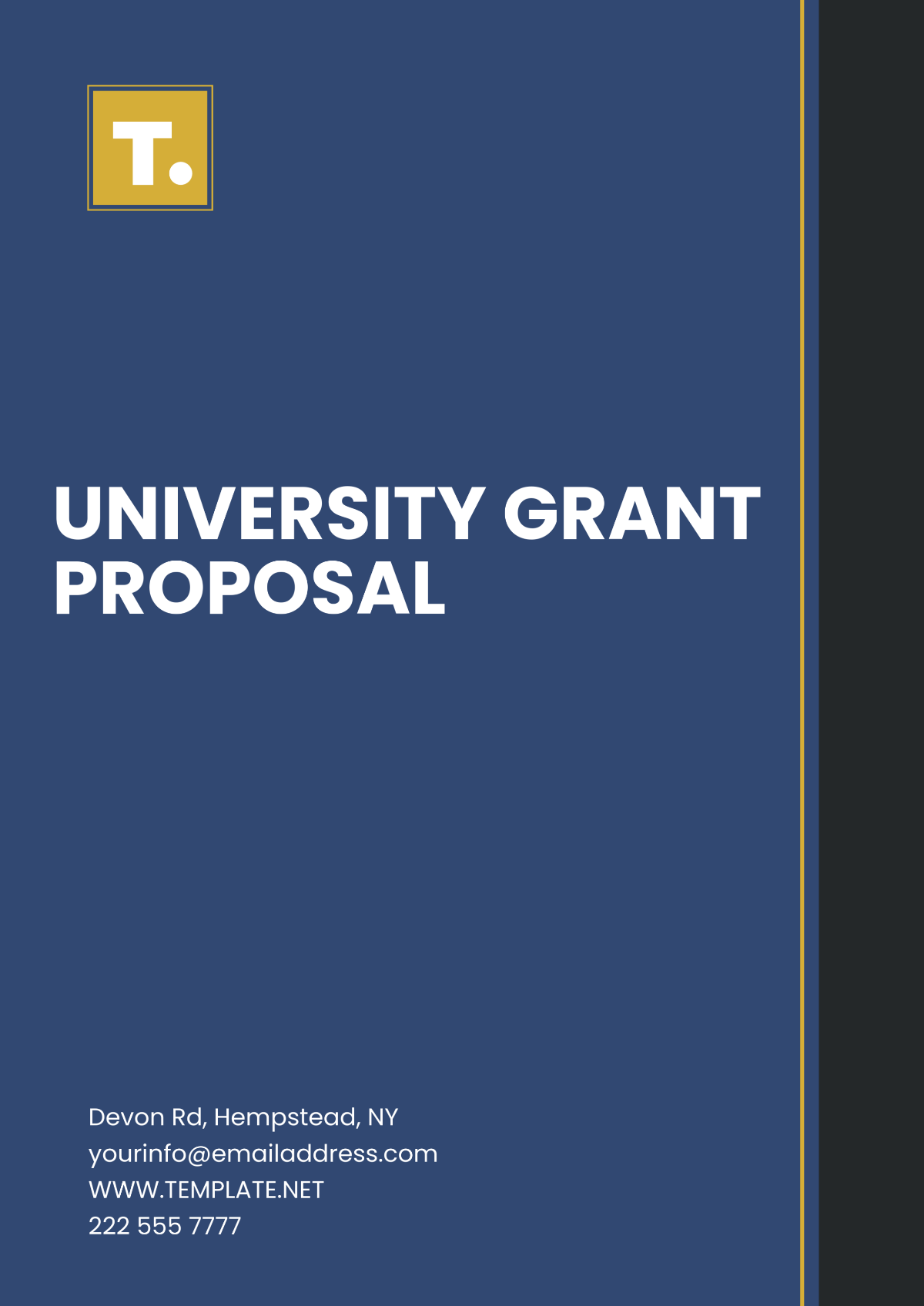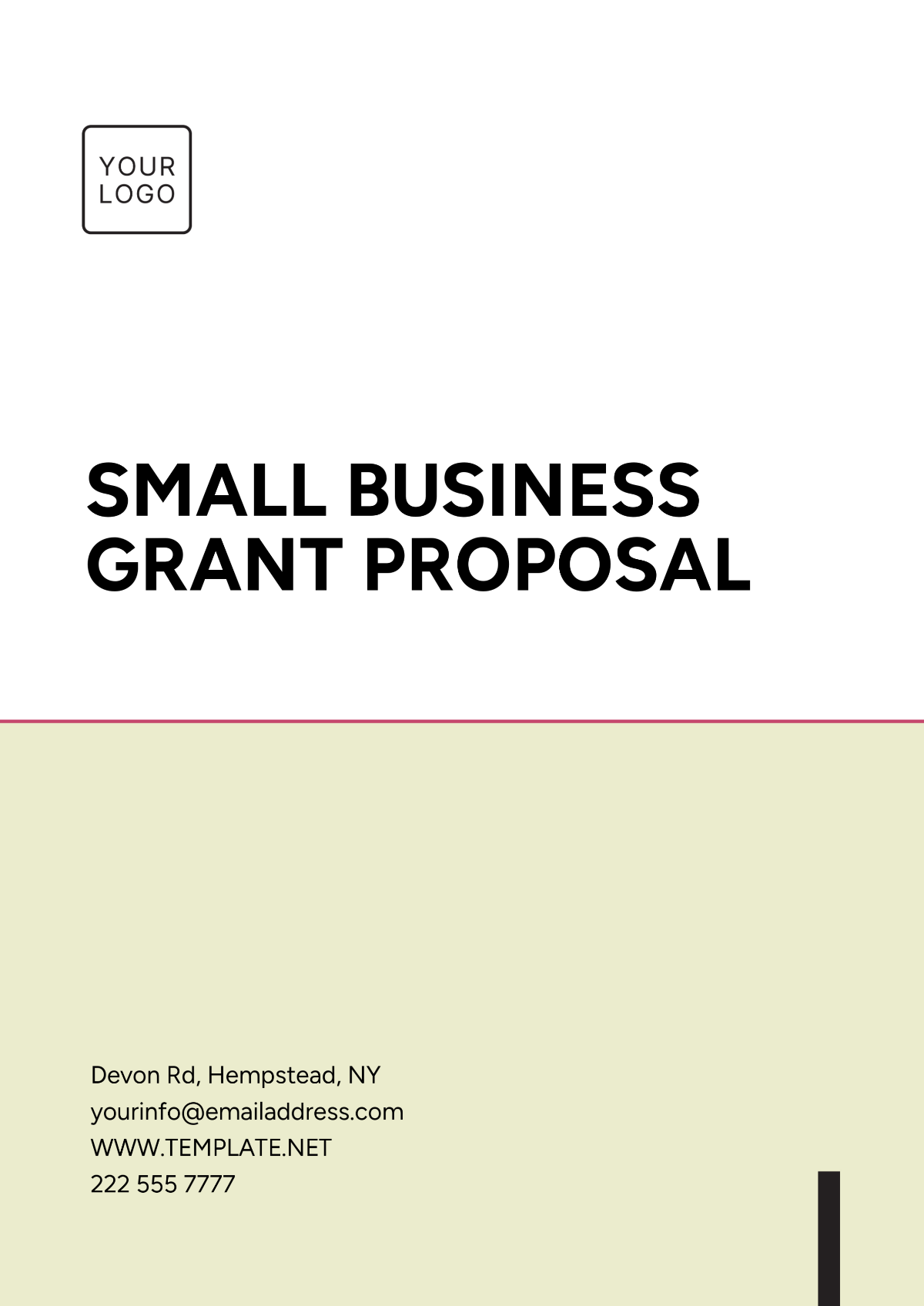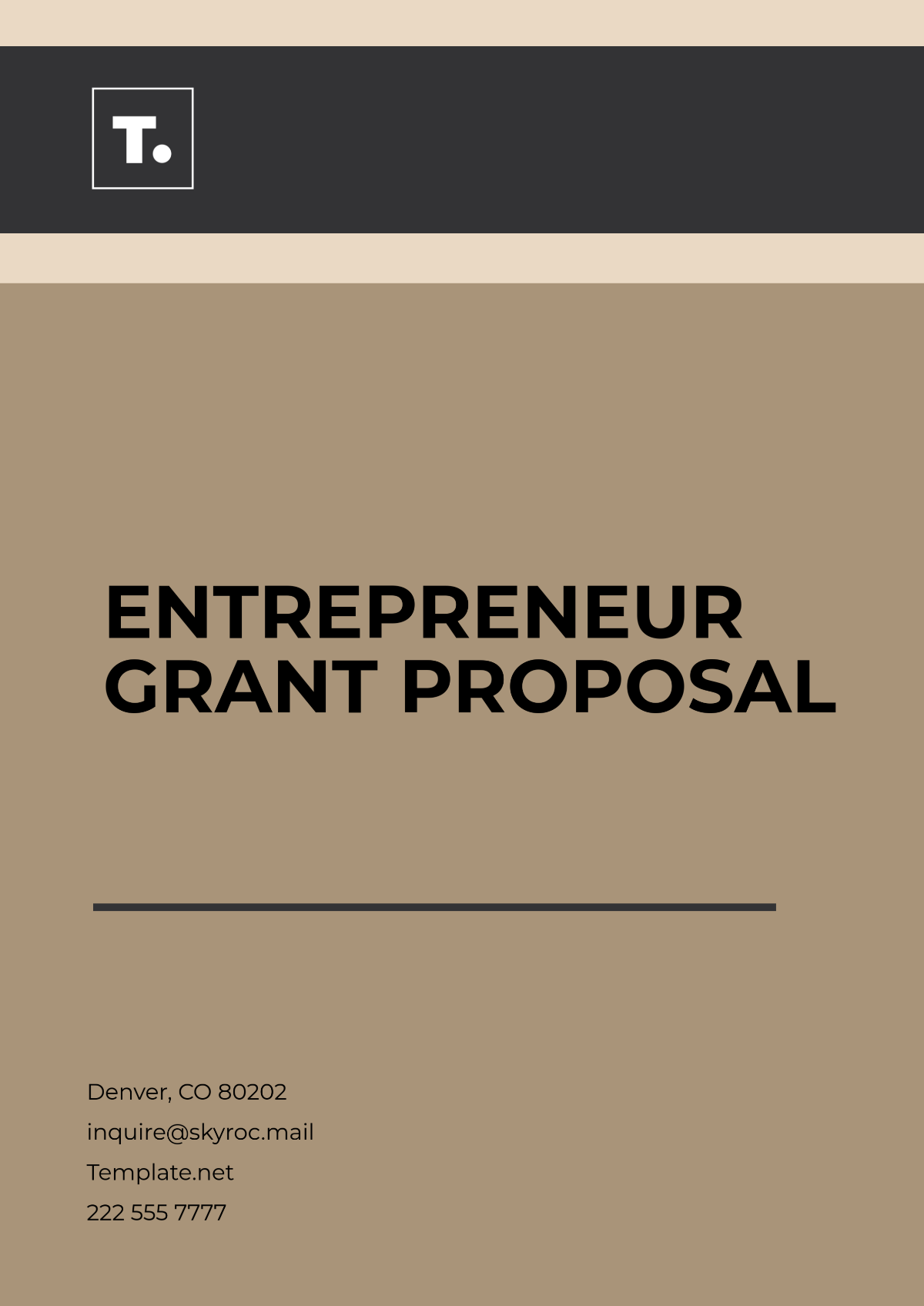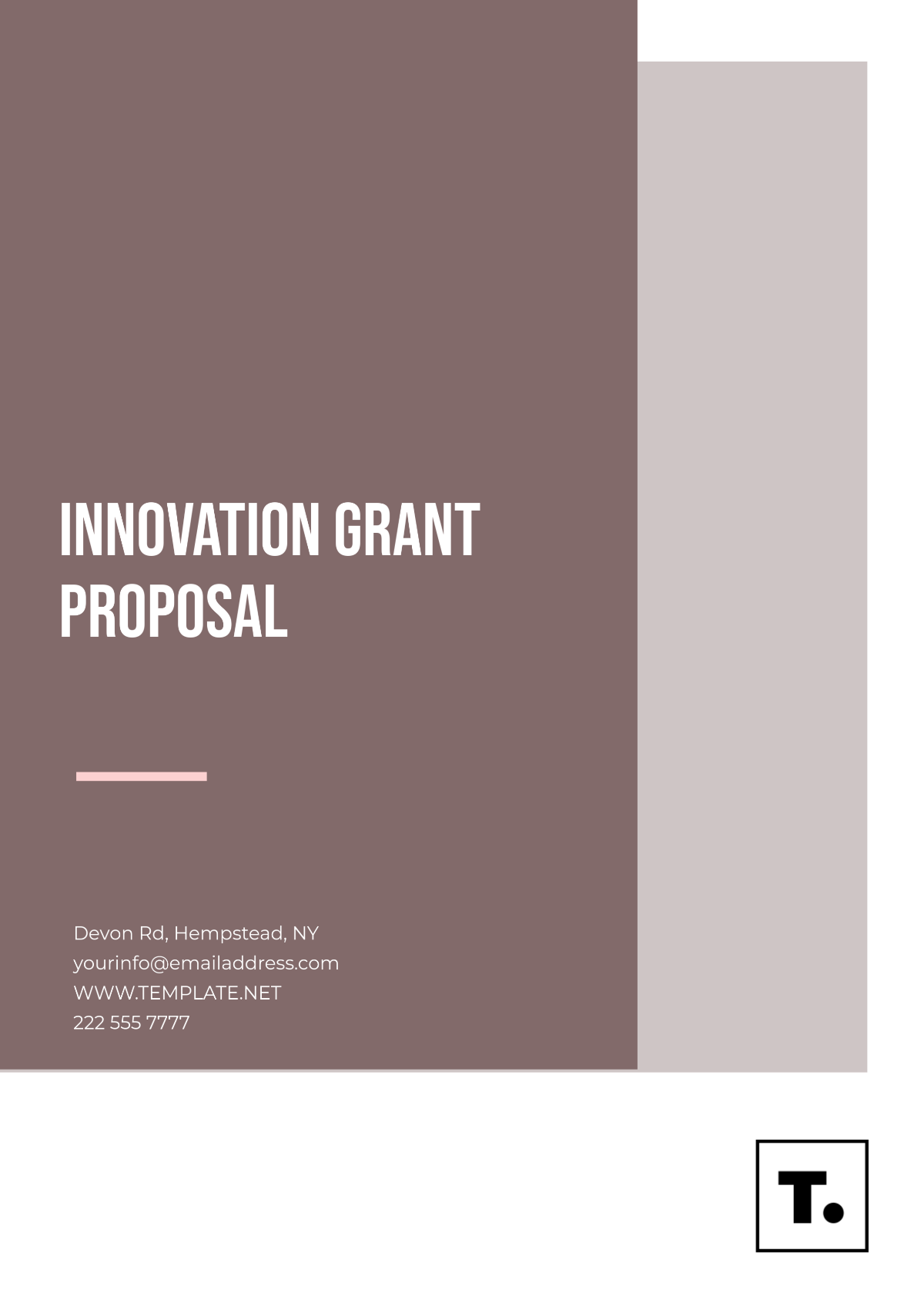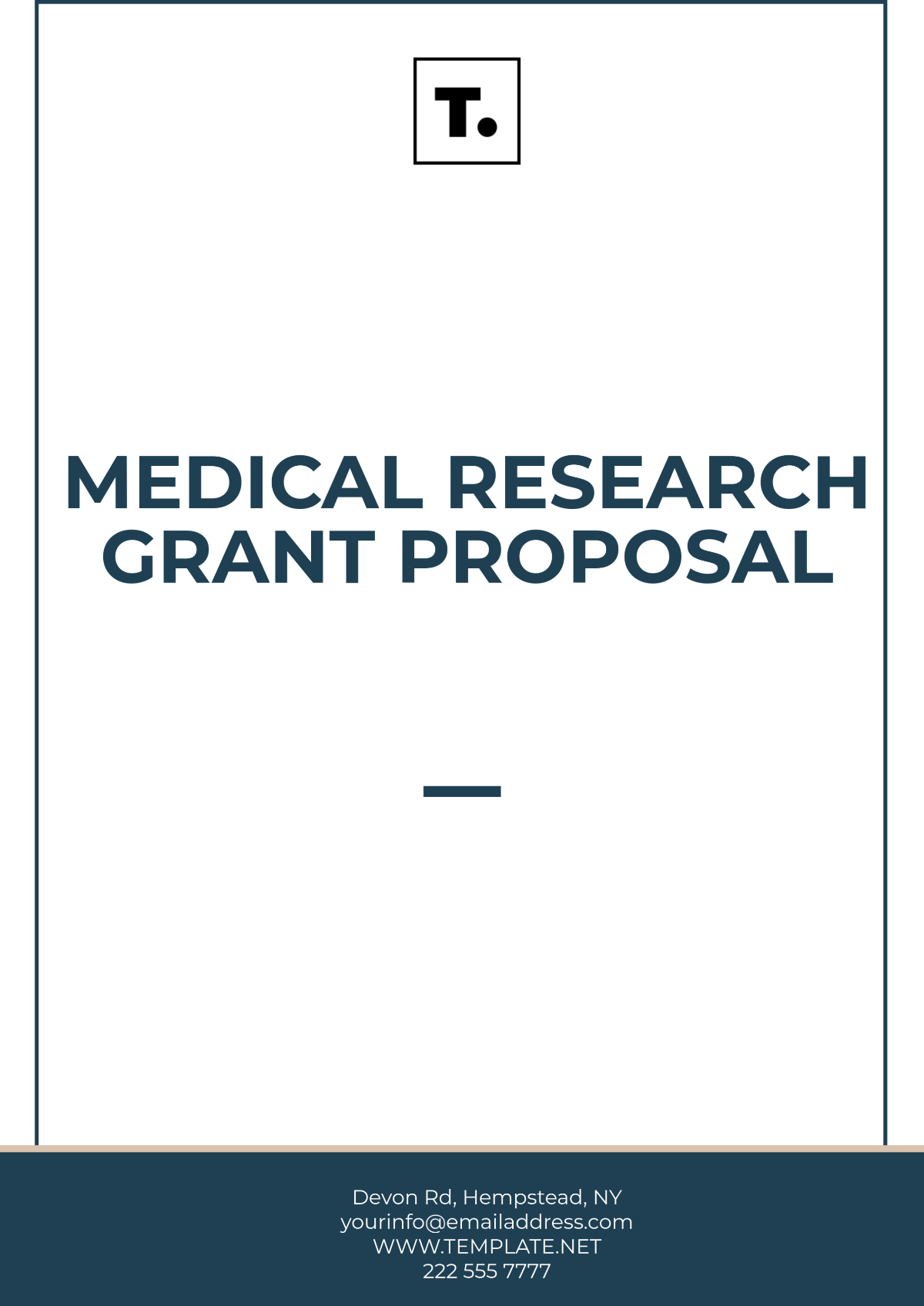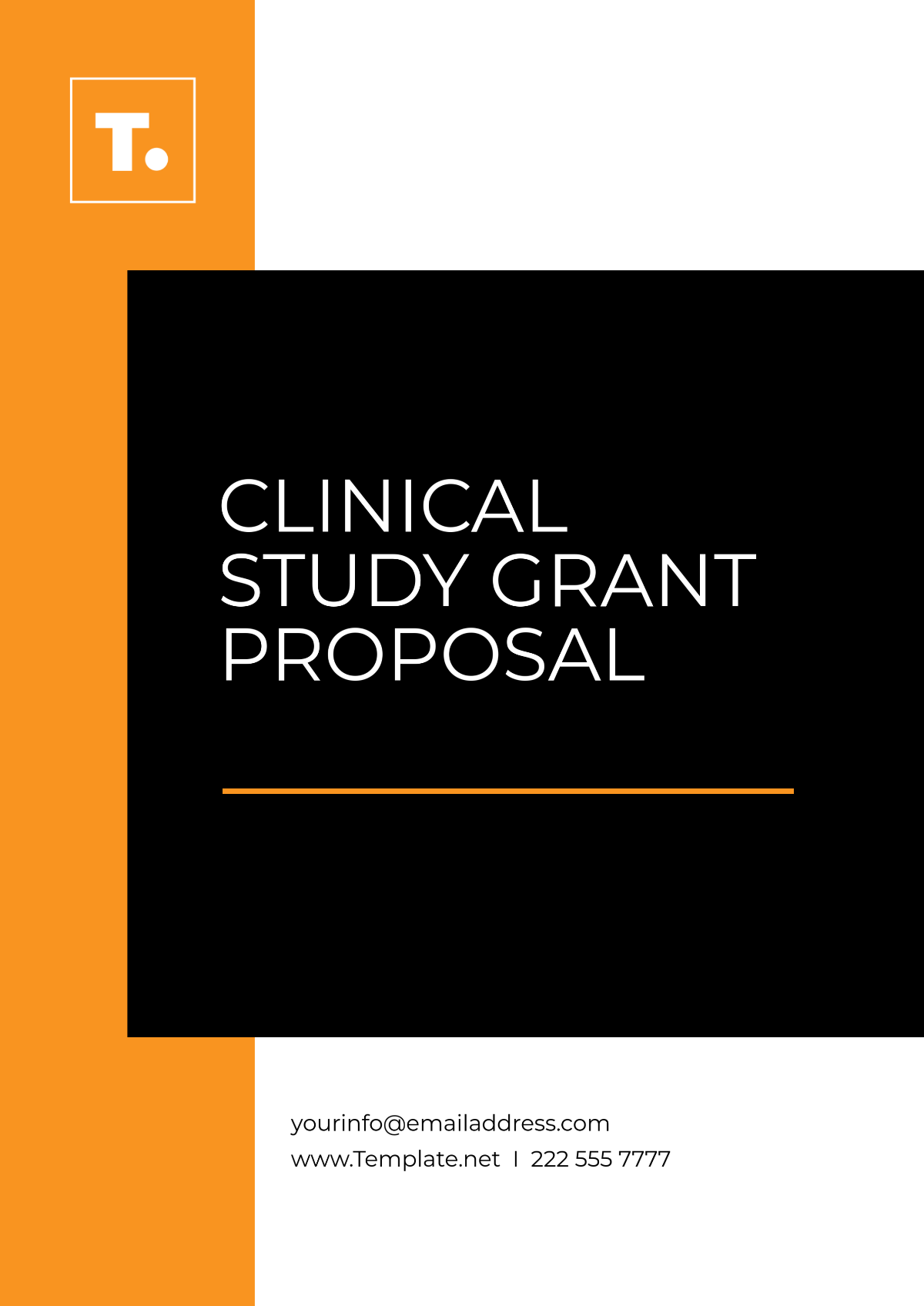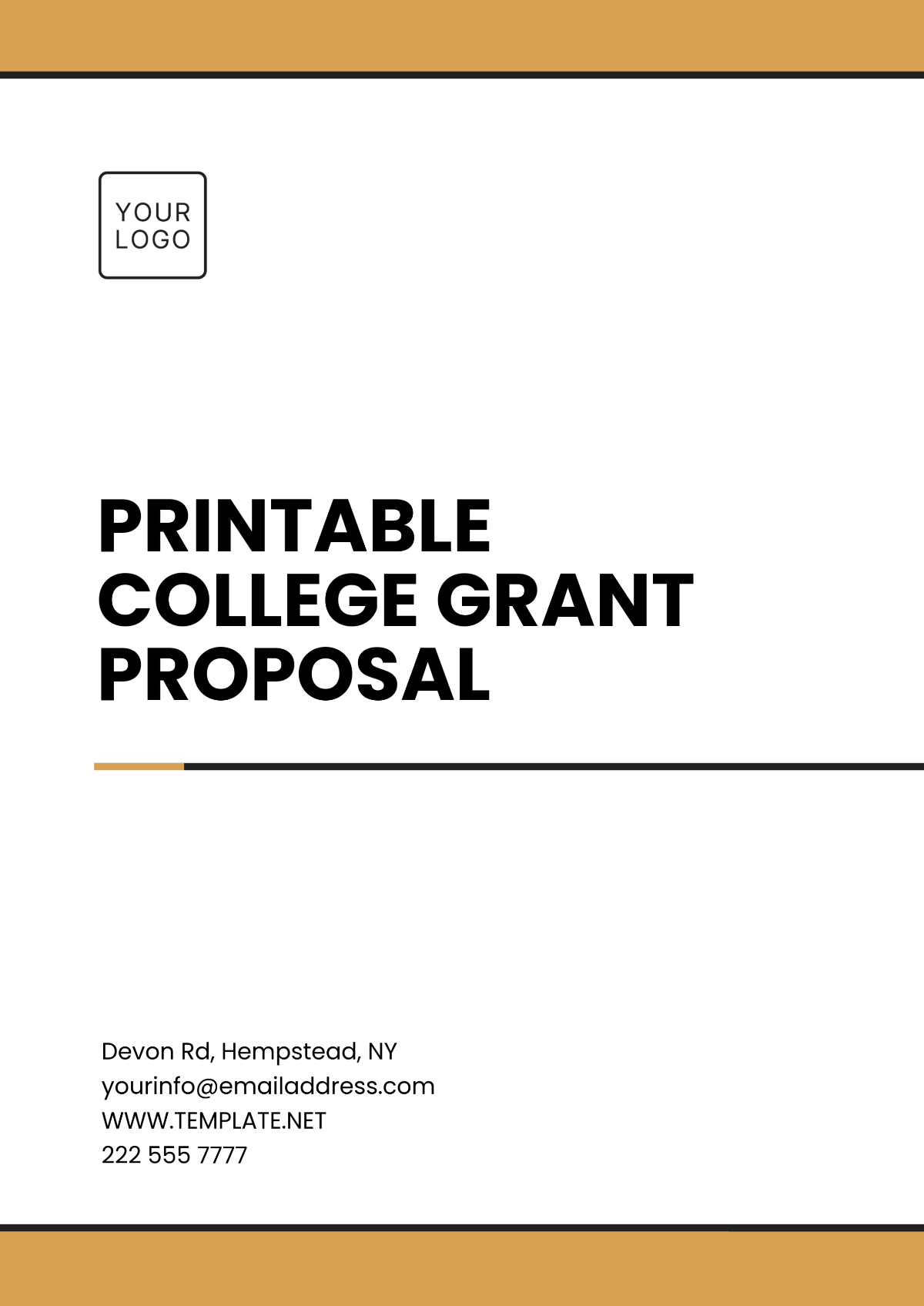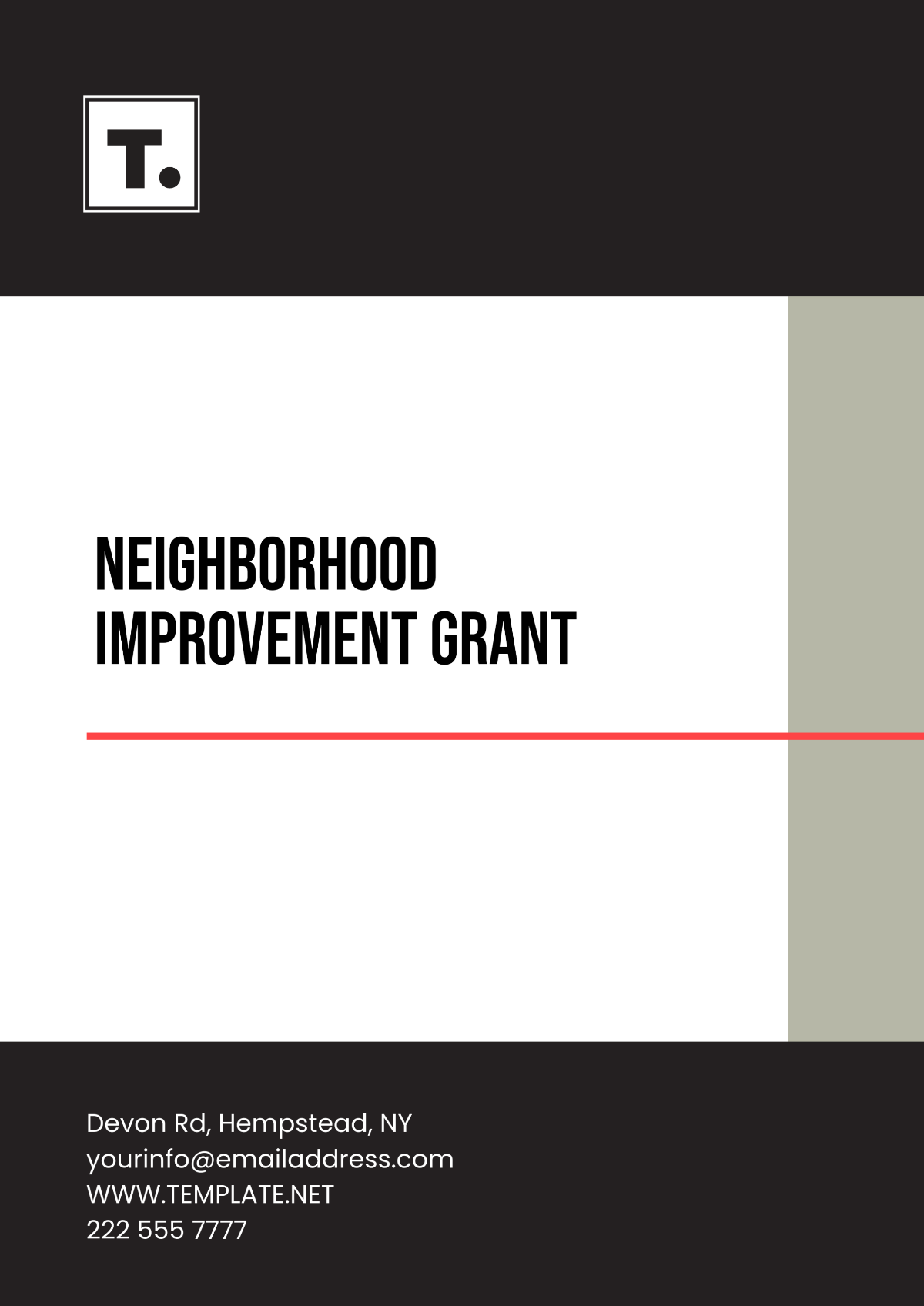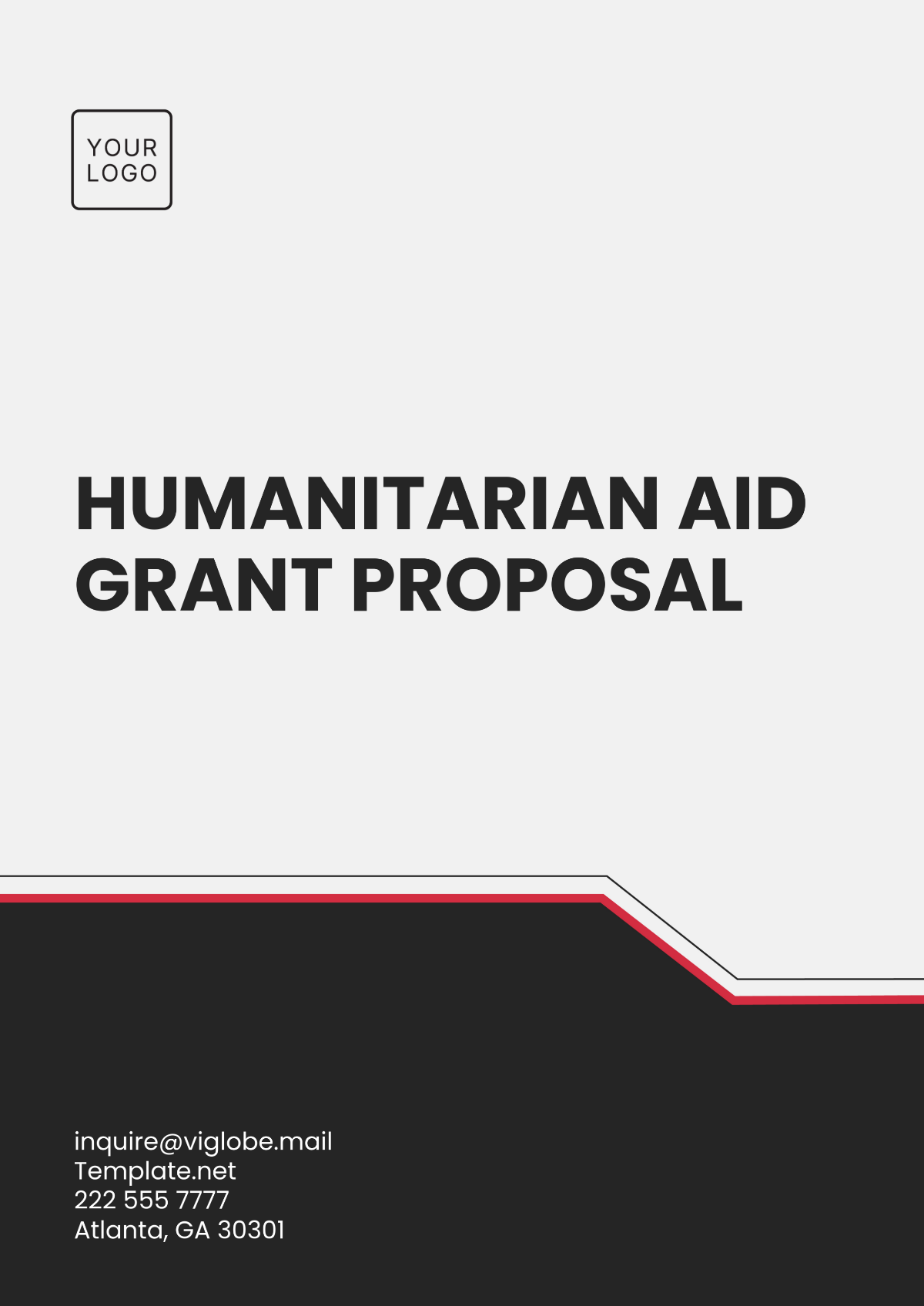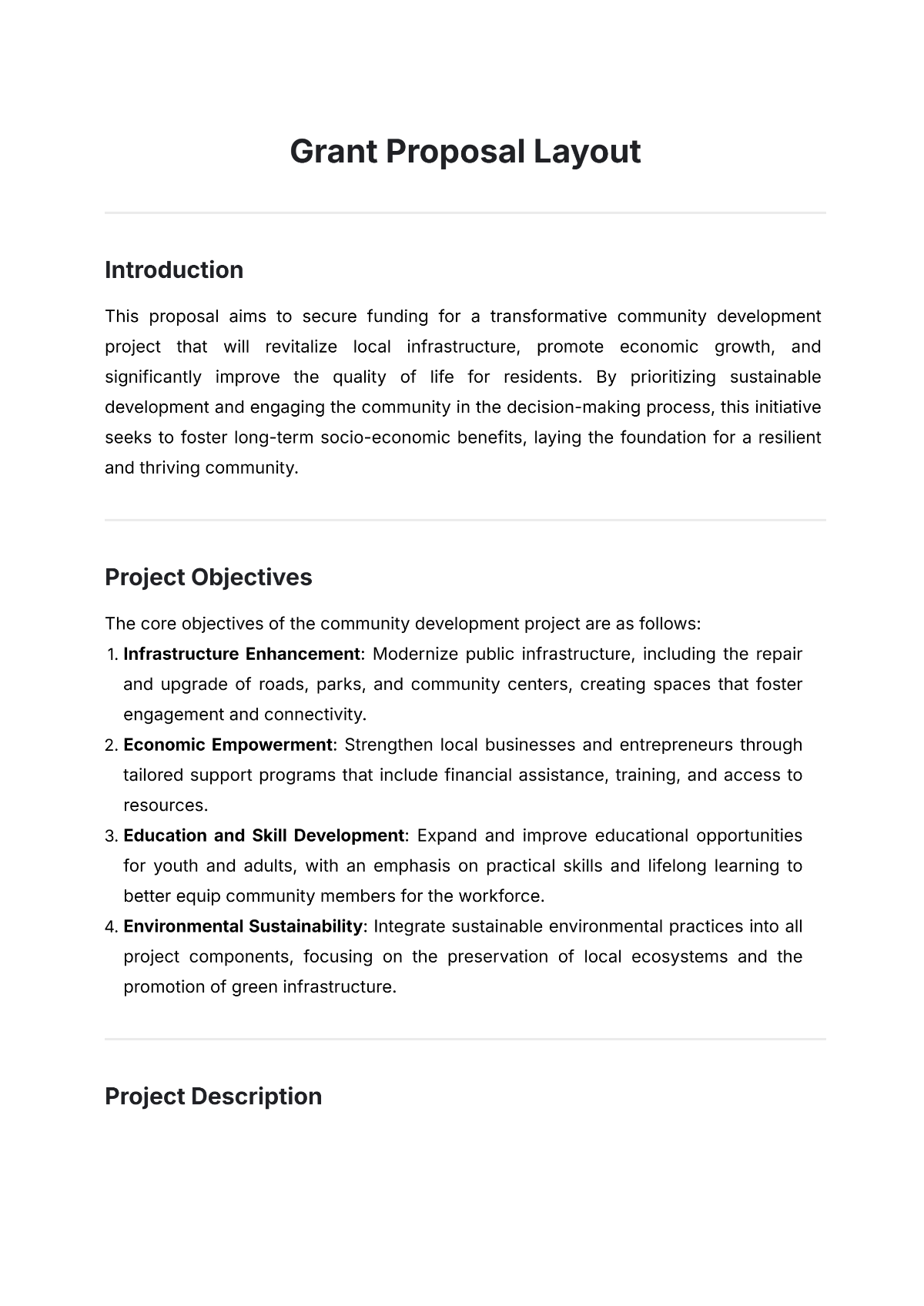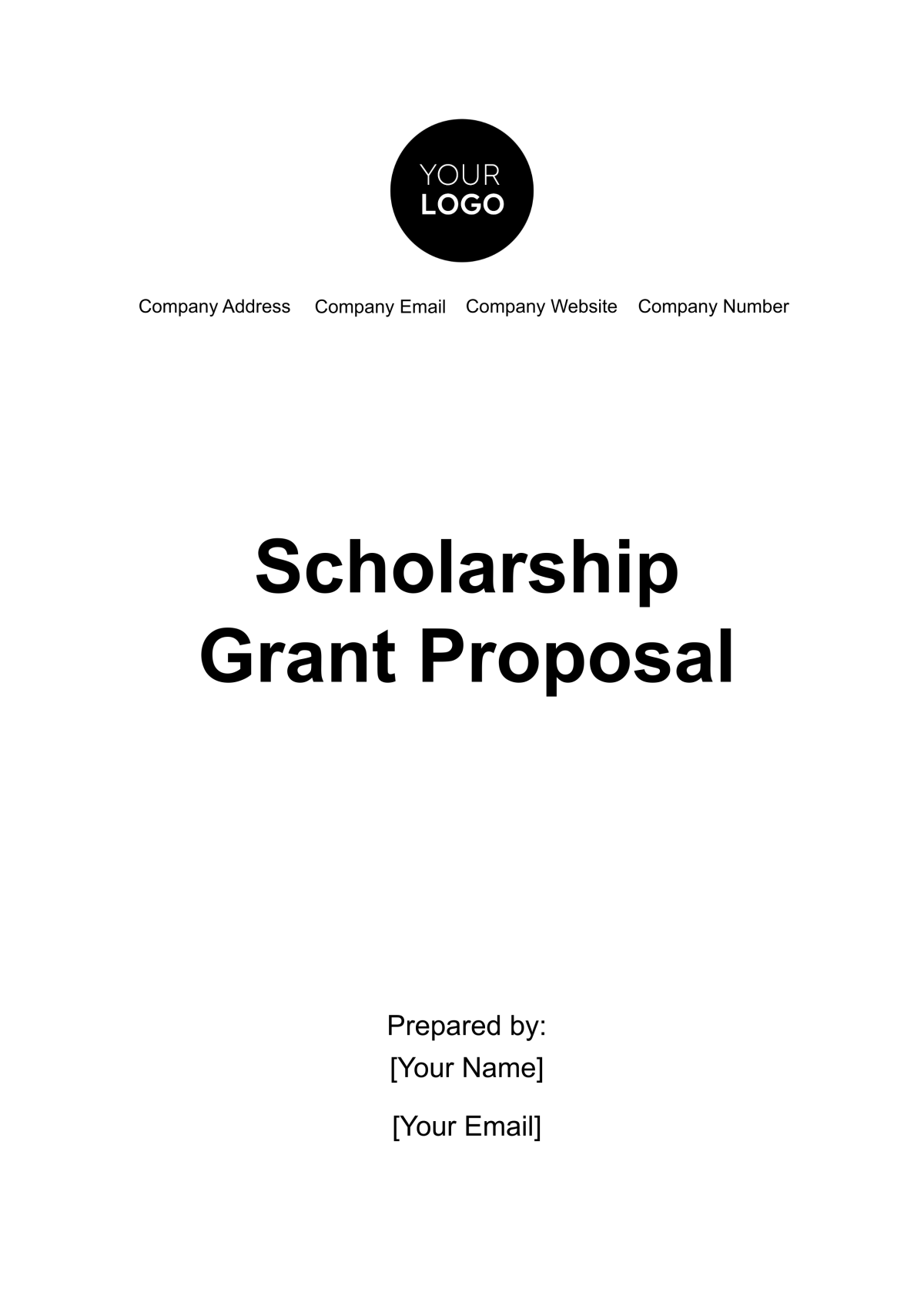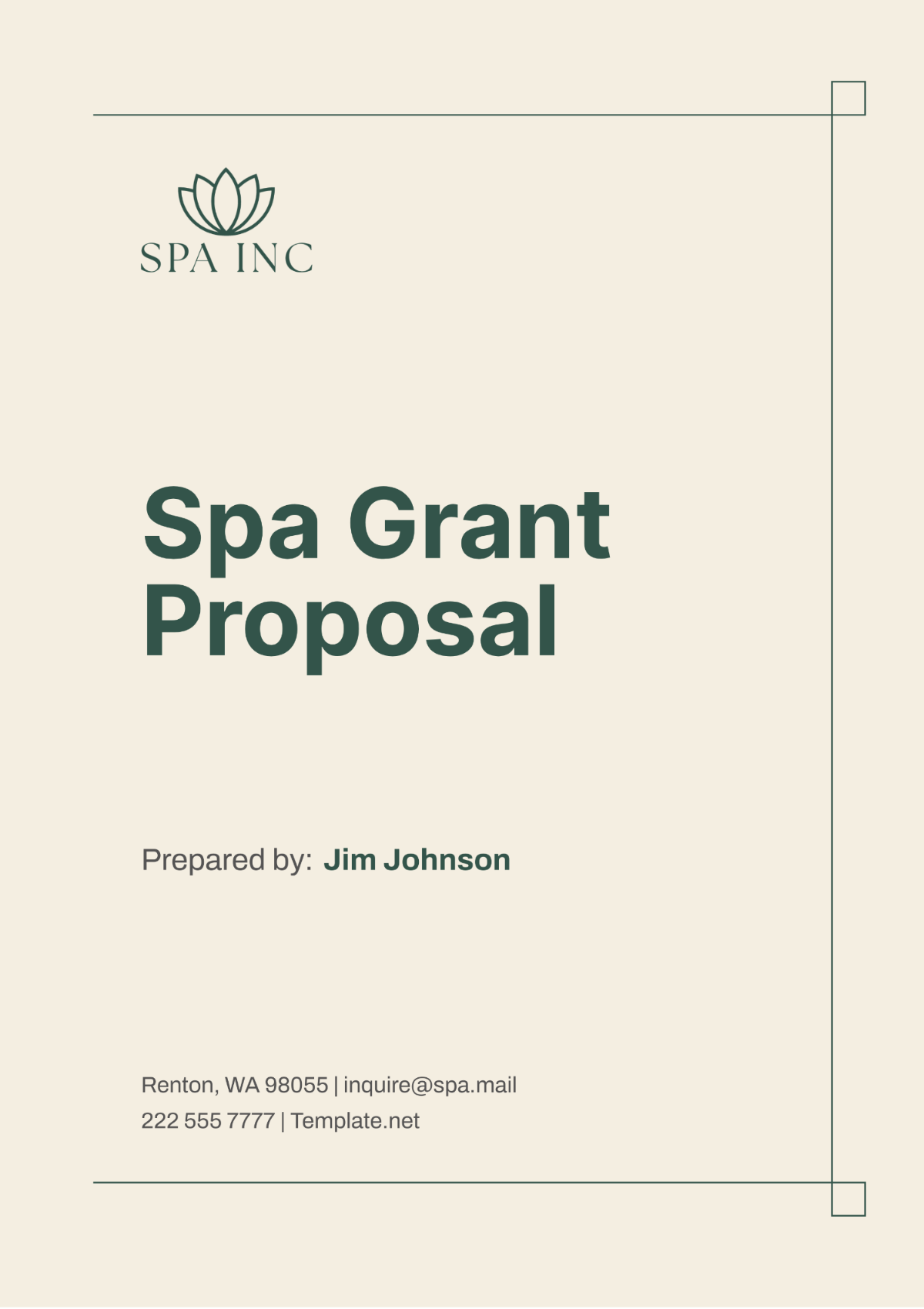Free Grant Proposal Report Template
GRANT PROPOSAL REPORT
This grant proposal report outlines a strategic plan to secure funding for our TeleHealth Expansion Project. This initiative aims to enhance healthcare access in rural areas by implementing a comprehensive telemedicine system. This document details the project’s goals, methodologies, anticipated outcomes, and budgetary needs.
1. Executive Summary
Our TeleHealth Expansion Project seeks to revolutionize healthcare delivery in underserved rural communities by introducing a state-of-the-art telemedicine system. The project will provide remote consultations, diagnostic services, and patient monitoring through digital platforms. By bridging the healthcare access gap, we aim to improve health outcomes and reduce the disparity between rural and urban healthcare services.
2. Project Description
2.1 Objectives
The primary objectives of the TeleHealth Expansion Project are:
Objective 1: Increase access to healthcare services for 50,000 residents in rural areas by deploying telemedicine technology.
Objective 2: Reduce the average wait time for medical consultations from 6 weeks to 2 days.
Objective 3: Enhance patient care by providing real-time monitoring and follow-up services for chronic disease management.
2.2 Methodologies
Our project will utilize the following methodologies:
Methodology 1: Telemedicine Platform Implementation: Deploy a secure, user-friendly telemedicine platform that facilitates virtual consultations, remote diagnostics, and electronic health record integration.
Methodology 2: Community Training and Support: Conduct training sessions for local healthcare providers and community members to ensure effective use of telemedicine tools and platforms.
Methodology 3: Partnerships with Local Healthcare Providers: Collaborate with local clinics and hospitals to integrate telemedicine services into existing healthcare systems and workflows.
2.3 Expected Outcomes
The anticipated outcomes of the project include:
Outcome 1: An estimated 60% increase in healthcare service usage in the target rural areas within the first year.
Outcome 2: A 75% reduction in emergency room visits due to improved access to primary care services.
Outcome 3: Enhanced patient satisfaction scores, with a 90% approval rate for telemedicine services based on user feedback surveys.
3. Budgetary Requirements
Below is the detailed budget required to successfully implement the project:
Item | Description | Cost |
|---|---|---|
Telemedicine Platform | Development and deployment of the telemedicine software | $200,000 |
Training Programs | Workshops and materials for training healthcare providers and community members | $50,000 |
Technical Support | Ongoing technical support and maintenance of telemedicine systems | $30,000 |
Equipment | Purchase of necessary hardware, including tablets and communication devices | $70,000 |
Marketing and Outreach | Campaigns to promote telemedicine services and educate the community | $25,000 |
4. Project Timeline
The project will be executed according to the following timeline:
Phase | Description | Timeline |
|---|---|---|
Phase 1 | Planning and Development: Finalize project plans and develop telemedicine platform | [Start Date]-[End Date] |
Phase 2 | Implementation: deploy the platform, conduct training, and launch services | [Start Date]-[End Date] |
Phase 3 | Monitoring and Evaluation: Assess performance, collect feedback, and make necessary adjustments | [Start Date]-[End Date] |
5. Evaluation and Monitoring
To ensure the success of the TeleHealth Expansion Project, we will implement rigorous evaluation and monitoring processes:
5.1 Evaluation Methods
Our evaluation methods will include:
Method 1: Performance Metrics: Track usage statistics, consultation wait times, and patient outcomes through the telemedicine platform.
Method 2: User Feedback Surveys: Collect feedback from patients and healthcare providers to assess satisfaction and identify areas for improvement.
Method 3: Impact Assessments: Conduct periodic assessments to measure the project's impact on healthcare access and overall health outcomes.
5.2 Monitoring Timeline
We will adhere to the following monitoring schedule:
Monitoring Activity | Frequency | Responsible Party |
|---|---|---|
Monthly Usage Reports | Monthly | Project Manager |
Quarterly Impact Assessments | Quarterly | Evaluation Team |
Bi-annual User Feedback Collection | Bi-annual | Community Liaison |


